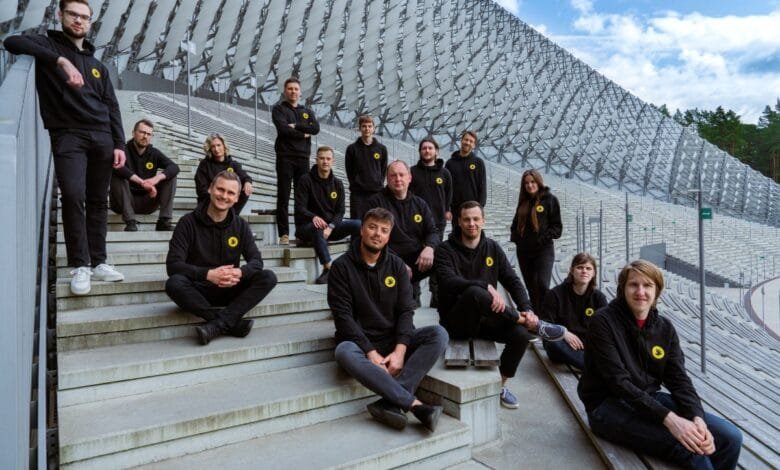
▼ Summary
– Amazon One’s contactless palm recognition service has been used over 8 million times, primarily in Amazon and Whole Foods stores, with limited third-party adoption.
– Fintech startups like Handwave are developing independent palm-scanning solutions for retail, aiming to compete with Amazon by offering faster, biometric-based checkouts.
– Palm scanning technology analyzes vein patterns and verifies physical presence, enabling secure payments and broader identity verification applications beyond retail.
– Handwave focuses on retail partnerships, offering transaction fees comparable to standard payments, and has secured $4.2 million in seed funding to expand its market pilots.
– The startup leverages its European base for regulatory compliance, cost efficiency, and access to technical talent, positioning itself as a global competitor in biometric payments.
Paying with just a wave of your hand is no longer futuristic, it’s happening now. While Amazon One has dominated headlines with its palm recognition technology, a new European contender is emerging to challenge its dominance. Latvian fintech startup Handwave is positioning itself as an independent alternative for retailers seeking seamless, secure biometric payments without relying on tech giants.
Unlike Amazon, which primarily deploys its palm-scanning system in its own stores, Handwave is designed for third-party merchants from the ground up. The company’s solution leverages the same underlying technology, analyzing unique palm vein patterns, but focuses squarely on retail applications. By eliminating the need for cards, apps, or facial scans, Handwave promises faster checkouts while cutting operational costs for businesses.
The startup’s founders, Janis Stirna and Sandis Osmanis-Usmanis, bring deep payment industry expertise from their time at Worldline, one of the world’s largest payment providers. Their vision extends beyond just transactions, they’re building an open ecosystem that integrates with financial institutions and acquiring banks. A recent partnership with Visa could accelerate adoption across Europe and beyond.
Handwave’s strategy hinges on affordability and compliance. After feedback from financial partners, the company developed proprietary hardware and algorithms to keep costs competitive. Starting in the EU, known for its stringent regulations, gives Handwave a credibility boost before expanding to markets like the U.S.
Funding hasn’t been an obstacle. The Riga-based team secured early backing through bootstrapping, angel investors, and EU grants. A recent $4.2 million seed round, led by Practica Capital, will fuel pilot programs and regulatory certifications. The Baltics’ thriving fintech scene and access to top-tier AI talent have been key advantages, allowing Handwave to innovate without Silicon Valley’s sky-high costs.
For Oskars Laksevics, Handwave’s chief revenue officer, the gamble was worth leaving a lucrative corporate role. “We’re building the next global payment platform,” he asserts. The question now is whether retailers, and consumers, will embrace palm payments as the next big shift in commerce. With Amazon and JP Morgan also in the game, Handwave’s success may hinge on its ability to stay nimble and cost-effective in a rapidly evolving market.
(Source: TechCrunch)